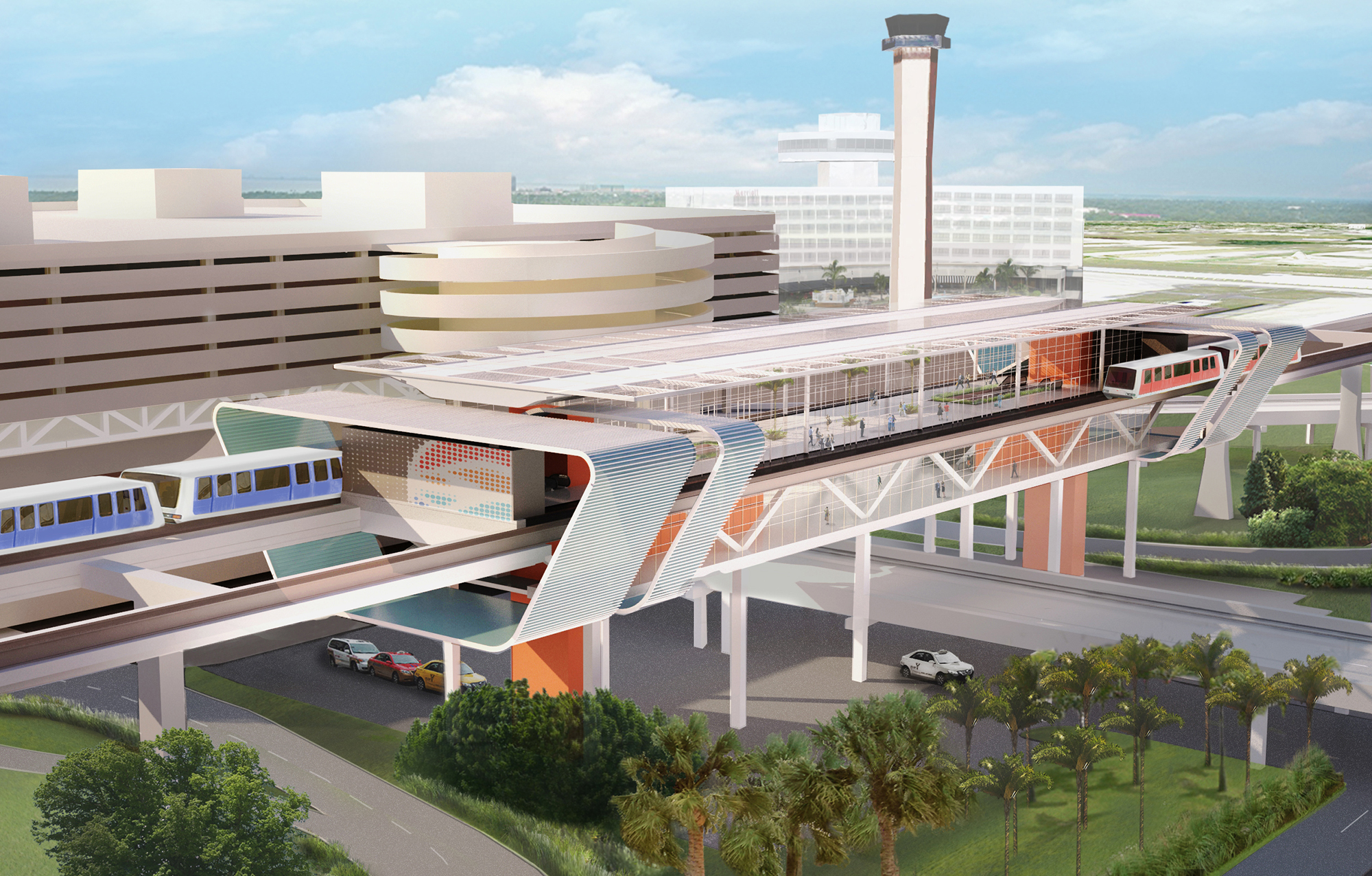
 Several months behind schedule and more than $1 billion later, the shiny new rental car facility at Tampa International Airport opened earlier this year to decidedly mixed reviews.
Several months behind schedule and more than $1 billion later, the shiny new rental car facility at Tampa International Airport opened earlier this year to decidedly mixed reviews.
For the amount of money taxpayers have ponied up, I think we’re all hoping the experience is better than what we’ve gotten on our taxpayer-subsidized sports stadiums.
The rental car terminal is just the first phase of a $2 billion three-phase airport expansion and its completion gives Floridians a chance to see how our tax dollars have been spent so far. There is cause for concern.
An audit released quietly just a few days after Christmas contains some troubling findings. It revealed that the Hillsborough County Aviation Authority: established a $3.5 million art program that it “did not demonstrate the legal authority for, or necessity of”; failed to openly discuss or provide justification for hefty pay raises bestowed upon executive staff; and on more than one occasion, did not award contracts to the highest-scoring bidder.
These are all questionable practices that hint at poor stewardship of taxpayer money or favoritism.
The Auditor General also criticized the Aviation Authority for failing to properly include balances from previous fiscal years in its final budgets as required by law, noting this “does not provide for transparency” and diminishes the budget’s usefulness as a financial planning tool.
When it comes to financial planning, the Aviation Authority needs all the help it can get.
Tampa Airport has financed its expansion with a $195 million grant from the state and nearly $800 million in new bond debt that is supposed to be funded through existing sources of revenue, like airline ticket fees, as well as parking rate hikes and new rental car fees.
Not a problem in 2011. In 2018 however, when ridesharing services are taking over the market, this plan has holes.
Nationally, Uber and Lyft now account for nearly 70 percent of ground transportation. Taxi cabs have fallen below 10 percent and rental cars are also on the decline. None of this is surprising to American consumers who have been opting for these ridesharing services for several years, but airport planners were caught flat-footed by the trend.
The crux of their expansion plans to reduce congestion around the airport and provide passengers with more choices was a rental car facility and people mover, altogether ignoring ridesharing, passengers’ number one choice. And they thought they’d pay for it with rental car and parking fees.
But for the past several years, their revenue projections have completely overshot actual collections, even as the number of passengers traveling in and out of Tampa has shattered records.
In 2015, the airport projected a customer facility charge revenue of more than $37 million. The actual amount collected: roughly $30 million — a 21 percent difference. The next year, the airport predicted close to $45 million but again fell short, bringing in less than $39 million. And the pattern continued last year. Projections totaled $45.8 million; actual revenue was $35.9 million.
When asked about ridesharing’s impact last April, airport executives said they had simply “pulled the numbers down a little bit.” A little bit? They missed parking revenues by a cool $3 million.
Since then, the Airport Authority has proposed higher passenger pick-up fees for taxis, limos, Uber, and Lyft — passing the cost of poor planning to Florida travelers and visitors.
Here’s the issue in a nutshell: Taxpayers were tapped to pay for the new rental terminal and SkyConnect train, but the airport isn’t bringing in as much money as it shortsightedly expected from rental cars and parking fees. So, now taxpayers will be hit up a second time on their ride to or from the airport.
You might say taxpayers get it coming and going.
Could it be that Tampa Airport, among the nation’s most popular because of its convenience and futuristic flair, is renovating for the past and losing its edge? Maybe. Which is why we need to keep a closer eye on what is happening with our money. Taxpayer flyers beware.
___
Chris Hudson is the Florida state director of Americans for Prosperity.




5 comments
Disappointed Reader
May 8, 2018 at 2:40 pm
Your article has many flaws, but most of all…Tampa International is not tax payer funded. Do your homework. Poor journalism.
Stratabuse
May 9, 2018 at 4:35 pm
It effects ticket prices and rental car and parking rates, it regardless of the tax implications
The Crotch Brothers
May 8, 2018 at 4:52 pm
Another half baked article by Americans for Stupidity.
Aaron Tollin (do not publish)
May 9, 2018 at 12:48 pm
Despite the negative comments seen above, your article rings true, albeit for different but related reasons. Nationally, it’s been widely reported that airports, among other entities have been caught flat-footed by the sea changes in consumer ground transportation use. To stem the losses of the revenue they forecasted from their traditional sources, managements are assessing fees in increasing amounts to the rideshare companies.
These increases are largely passed-through to the consumer, which many tell me, are an “insignificant” increase against what they’re saving by avoiding the limos and the yellow taxis (I’m a rideshare driver with nearly 3000 rides under my belt, mostly at airports).
Today, the rideshare business models are woefully problematic. Uber for example has lost $10.5 billion since it’s inception and is surviving by burning through investors’ cash at record-setting speeds. Although revenue has increased exponentially, profit which is after all, what business is about, has been nonexistent. So who knows, airport infrastructure that was planned for the pre-rideshare era, may actually be needed if and when rideshare fails.
As of today, the rideshare revenue model is unsustainable in its present form. Next year your rental car facility might become wildly successful. It has been reported that the Uber investor groups help to subsidize each rider’s fare by a whopping 61%. So if you add 61% to each riders fare, then that amount comes up to parity with the black cars or yellow taxis. So the consumer purchase of an Uber ride will no longer be driven by the bargain price. Rideshare will be parity with the other, previous and traditional airport transportation options. Assuming of course that the net convenience factor of today’s rideshare becomes the standard.
Our economy, past and present, is strewn with the carcasses of old technologies. We get over it and avoid villifiying one another in the process.
JIM SAAS
May 9, 2018 at 4:43 pm
I volunteer at the info desk at baggage claim. I see hundreds of people heading towards the rental car center. At most during a 4 1/2 hour shift on Saturday morning. (the busiest time of the week) I may get 6 or seven requests for UBER or LYFT. This article is lacking in truthfulness at best. This article has no relation to the facts. He fails to mention the 55,000
people who have used the baggage pre-check located at the rental car center. In short, this article is pure garbage. This man clearly has an agenda.
Comments are closed.